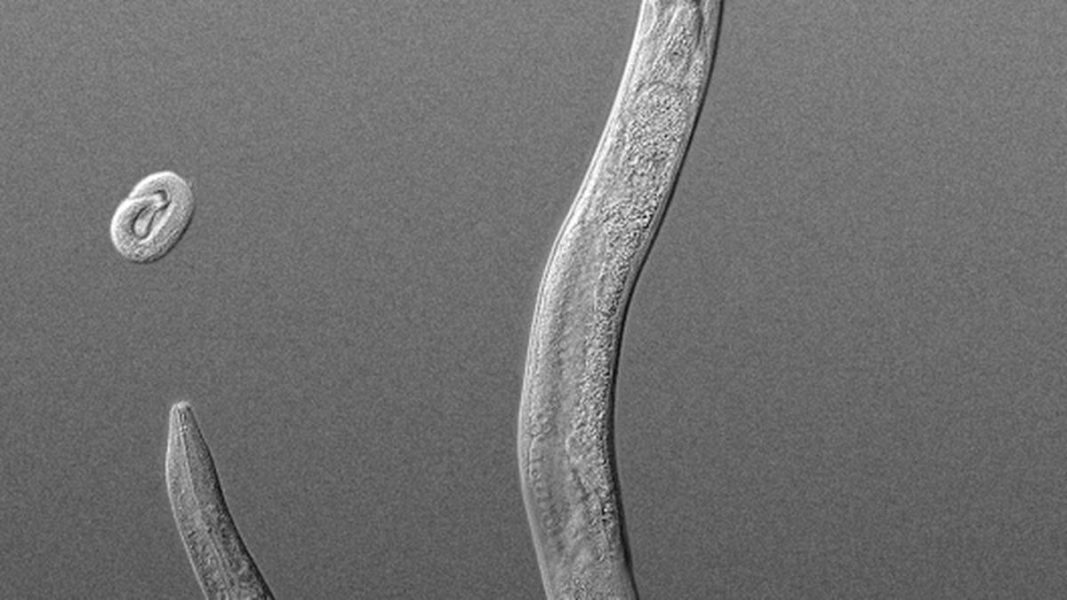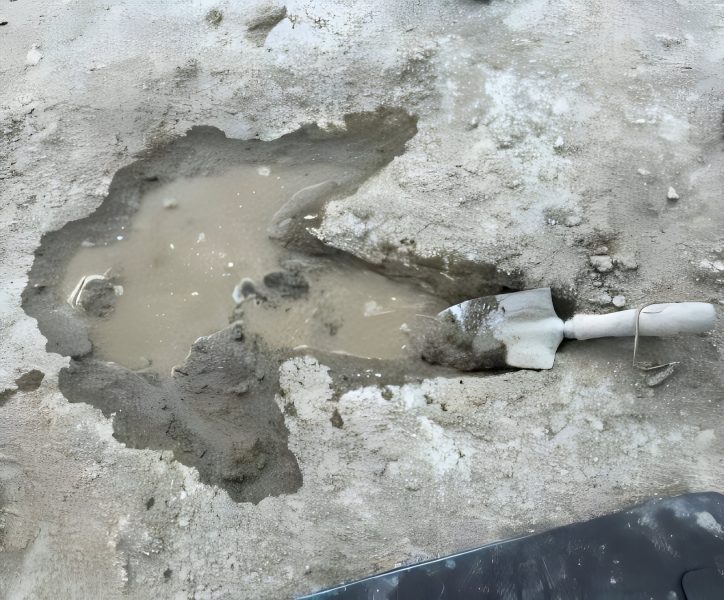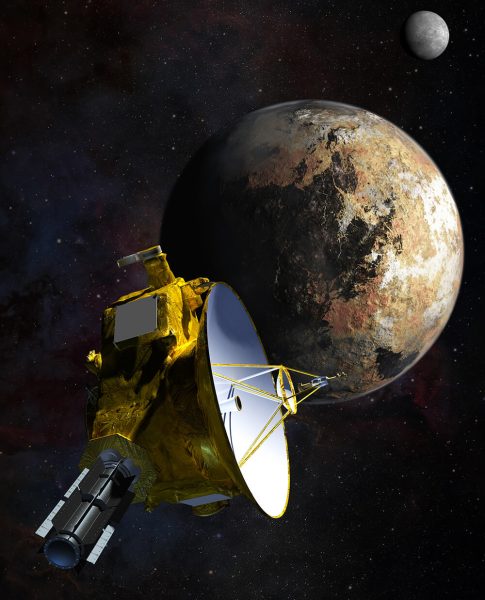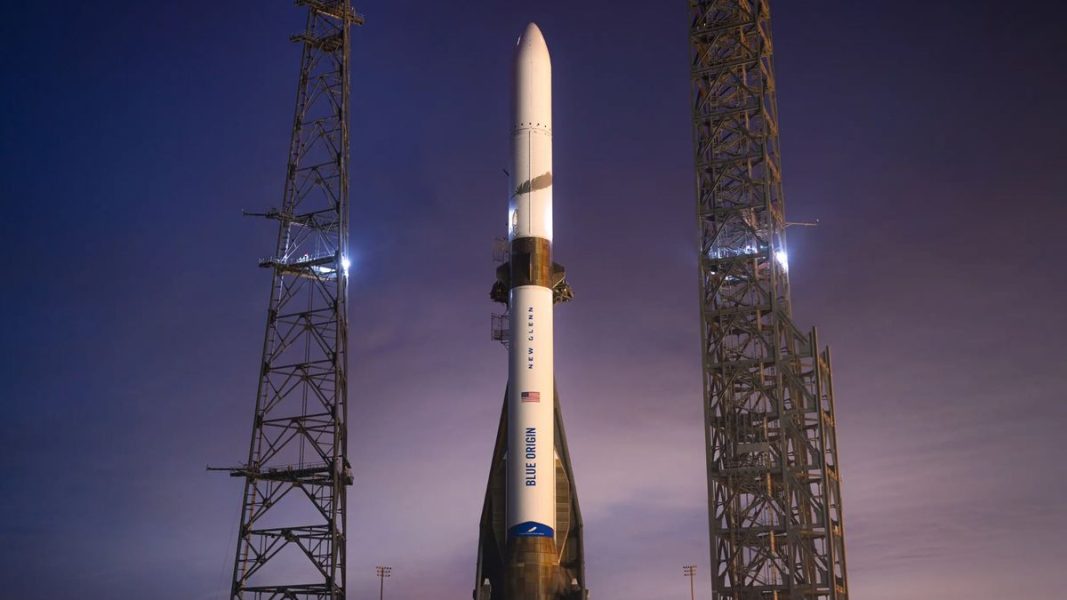The First ‘Burrowing Dinosaur’ Was Discovered In 2007—And We’ve Just Discovered The Second, 17 Years Later – Forbes
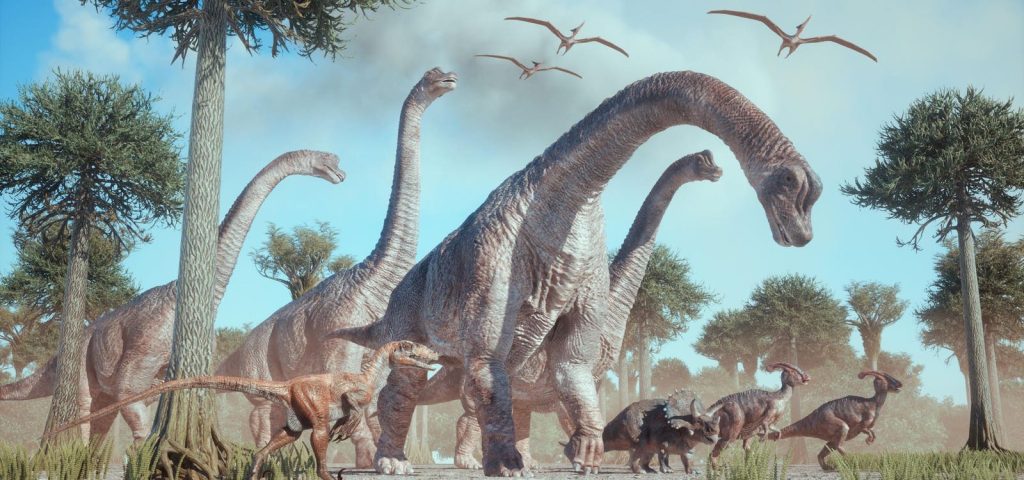
Meet Fona herzogae: the tiny dinosaur that burrowed its way into paleontological history—who rewrote … [+] just about everything we know about survival in the age of giants.When most people think of dinosaurs, they usually imagine towering creatures gilded in spikes and horns—thriving in lush jungles, or basking on the sunny plains. Naturally, this left paleontologists scratching their heads when, in 2007, they discovered the remains of a family of small ornithopods—named Oryctodromeus—in what seemed like an underground den. The plot of this discovery only thickened upon noticing how bizarrely muscular these dinosaurs’ arms were, as well as their brawny hips.Only after piecing these findings together did paleontologists truly understand the magnitude of what they’d just uncovered: the first ever evidence of a burrowing dinosaur, as described in the 2007 study from Proceedings of the Royal Society B. The discovery of adept digging, denning dinosaurs forced paleontologists to question everything they knew. However, a more recent discovery of dinosaur remains in Utah (July 2024) has further challenged our long-held views and understandings of dinosaurs—as, much to our surprise, this new species evidently burrowed too.Here’s everything we know about them so far.In July 2024, paleontologists working in the Cedar Mountain Formation of Utah unearthed a discovery that was all too similar to that of Oryctodromeus: the fossilized remains of a small dinosaur, now named Fona herzogae. This site, which falls part of a rich sedimentary layer from the Early Cretaceous period, has long been a hotspot for dinosaur fossils. But, even in a region renowned for its paleontological riches, Fona stands out.At first glance, Fona herzogae probably didn’t seem like a groundbreaking find. Measuring between 6 to 7 feet long and weighing around 40 to 50 pounds, it wasn’t a giant predator—nor was it a flamboyantly decorated herbivore. However, a closer inspection of its bones revealed something remarkable, according to the July 2024 study from The Anatomical Record. Specifically, Fona’s skeleton bore a suite of adaptations that hinted at what was once a highly unique behavior for dinosaurs: digging into the ground.Postcranial skeletal reconstruction of Fona herzogae’s remains, unearthed in eastern Utah.Fona’s most visibly notable features were its sturdy, fused hip bones—which would have provided a stable foundation to support the stress of digging. Its expanded shoulder blades and the broad surfaces for arm muscle attachment also suggests that Fona’s forelimbs were fiercely powerful.These adaptations—according to lead-author and paleontologist Dr. Haviv Avrahami in an interview with National Geographic—were consistent with animals that burrow.Avrahami hypothesized that Fona likely dug in a manner similar to modern springhares: they’d scratch at the soil with their forelimbs to loosen it, then use their burly hind legs to kick the debris out of the way.Adding even more weight to the case for Fona’s digging abilities were the fossilized burrows discovered near its remains. These tunnels—preserved beautifully in the surrounding rock—matched Fona’s size, which insinuates that this dinosaur wasn’t just an occasional digger. Rather, it seemingly relied on burrowing as a key part of its lifestyle. These dens appeared large enough to house multiple individuals, hinting that Fona might have used them for shelter, safety or even for raising its young.Taxonomically, Fona herzogae belongs to the group Thescelosauridae, a family of medium-sized, bipedal herbivores. These dinosaurs roamed North America during the Late Cretaceous, yet they still are often overshadowed by their flashier contemporaries. Thescelosaurs likely led simple lives; they were small, plant-eating dinosaurs that lacked the dramatic frills, spikes or horns seen in fan-favorite species like Triceratops or Stegosaurus.In many ways, Fona fits this mold quite neatly. It would have been a bipedal, and probably a herbivore too—feeding on low-lying vegetation such as ferns, cycads and other plants abundant in its environment. Its teeth were well-suited for slicing through tough plant material, and its relatively small size would have allowed it to navigate dense undergrowth. Without ornate defensive features or the huge size of its fellow dinosaurs, Fona likely had to rely on speed, agility and alertness to best its predators.However, Fona’s burrowing adaptations set it apart from its more conventional relatives. While other thescelosaurs seem to have lived their lives entirely above ground, Fona’s specialized digging abilities suggest it was carving out a niche as a subterranean inhabitant. This makes it not only a unique member of the thescelosaur family, but also one of very few dinosaurs ever discovered to display burrowing behavior.Naturally, however, the closest parallel to Fona within the dinosaur family tree is Oryctodromeus, discovered in Montana. Like Fona, Oryctodromeus had sizeable forelimbs, along with hips adapted perfectly for digging.It’s evident that burrowing was far more than just a hobby for Fona herzogae. As paleontologist Anthony Martin explained to National Geographic, “If you’re a wee little dinosaur without many other natural defenses, burrowing makes sense as an adaptation for surviving in environments with big predators, fires, storms, heat, cold or any other stresses.” Thus, digging and denning was arguably a critical survival strategy that helped Fona navigate the perils of Cretaceous Utah.One of the most obvious advantages of burrowing was protection from predators. Fona shared its habitat with large theropods—vicious, carnivorous dinosaurs like Utahraptor, which could easily overpower small, unarmed prey. By retreating into underground burrows, Fona could escape the notice of these formidable hunters. Its burrows would have served as safe havens during vulnerable times, such as sleeping or nesting. And, evidently, it served this purpose well; Avrahami notes in his study that Fona’s remains, entombed within its burrow, showed zero sign of damage from other predators.In addition to avoiding predation, burrowing certainly would’ve provided Fona with environmental stability too.During the Early Cretaceous period, the Cedar Mountain Formation experienced a climate so hot and humid that it’s often referred to as “greenhouse conditions.” Likely, by digging into the ground, Fona could escape extreme heat, retain moisture and shield itself from sudden storms.However, perhaps the most compelling aspect of Fona’s burrowing behavior is what it suggests about its social and reproductive strategies. The fossilized remains discovered were that of two subadults—male and female, laying intertwined—whom Avrahami notes could have possibly been siblings. In light of this, it’s possible that adults may have worked together to dig and maintain burrows to create safe spaces for raising their young—or even to live together as a family, well after hatching. This could hint at a level of parental care uncommon among most dinosaur species—which aligns Fona more closely with modern burrowing mammals, like meerkats or springhares.The discovery of Fona herzogae has indescribably broad implications for paleontology, as it fundamentally transforms the traditional view of dinosaurs as creatures confined to open plains or forests. Clearly, these ancient animals were more than capable of adapting to their environments—in ingenious ways which, for decades, we never would’ve predicted.Does Fona herzogae’s underground life leave you fascinated by the natural world? Discover your own connection to nature with this science-backed test: Connectedness To Nature ScaleOne Community. Many Voices. Create a free account to share your thoughts. Our community is about connecting people through open and thoughtful conversations. We want our readers to share their views and exchange ideas and facts in a safe space.In order to do so, please follow the posting rules in our site’s Terms of Service. We’ve summarized some of those key rules below. Simply put, keep it civil.Your post will be rejected if we notice that it seems to contain:User accounts will be blocked if we notice or believe that users are engaged in:So, how can you be a power user?Thanks for reading our community guidelines. Please read the full list of posting rules found in our site’s Terms of Service.
